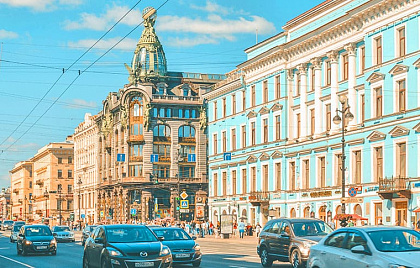The Menshikov Palace
The Menshikov Palace, one of the oldest stone buildings in St.Petersburg, was buit between 1710 and 1714 by architects Giovanni Maria Fontana, Johann Gottfried Schädel, and Domenico Trezzini.
The owner of the palace, Alexander Danilovich Menshikov, Peter I’s closest ally and the first Governor General of St.Petersburg, was a very interesting person. He was brave, intelligent, resourceful, and extraordinarily talented. Legends around his name are so numerous that’s not easy to tell which is truth and which is fiction. Some stories say that his father was a stableman, other refer to him as a baker’s son. Alexander Menshikov ascended to the very top of the power pyramid to become one of the wealthiest and most powerful people of his time. After Peter I’s death, he became de facto the ruler of the country. Yet, the fortune played a mean trick on him – he lost the power struggle and was exiled to Siberia, where he dies.
After Menshikov’s death, the palace was reconstructed and occupied by the First Cadet Corps. In Soviet times, the building was used by a military political school. In 1981, after restoration, the palace became part of the Hermitage Museum and was opened for public but restoration works are still continued.
Of all rooms available for visits, the most interesting are the Hallway, the Oak Staircase, theWalnut Study, the Grand Assembly Hall , whichis the biggest room at the palace, and so-called tiled chambers – rooms fully lined with tiles. Tiles for the Menshikov palace were brought from Holland. In the early 18th century, it was a very expensive, very fashionable and very impressive material. Tile-lined interiors are remarkably cozy and festive at the same time, and very light. Not only walls but even ceilings at the Menshikov Palace are lined with tiles! Even Peter I’s palaces never had anything like that.















